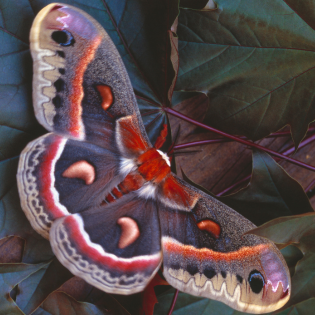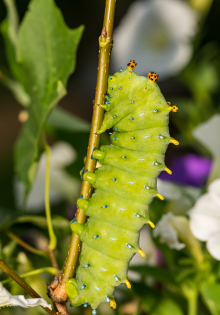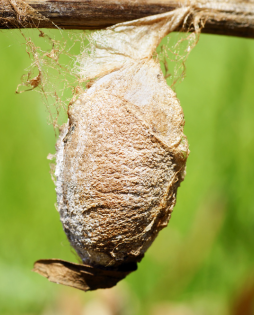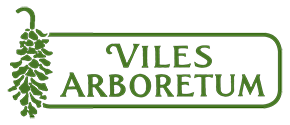Cecropia moth's (Hyalophora cecropia) is the largest native moth in North America, with a wingspan of five to seven inches. These beautiful silk moths have reddish bodies with black/brown wings that are adorned with bands of white, red, and tan.
 The lifecycle of a Cecropia moth spans approximately one year, from egg to adult. After hatching from eggs laid on host plants such as maple, cherry, plum, apple, birch, and chestnut, the caterpillars embark on a journey of
The lifecycle of a Cecropia moth spans approximately one year, from egg to adult. After hatching from eggs laid on host plants such as maple, cherry, plum, apple, birch, and chestnut, the caterpillars embark on a journey of growth and transformation. They feed voraciously on foliage, gradually growing larger and developing through several stages of growth.
growth and transformation. They feed voraciously on foliage, gradually growing larger and developing through several stages of growth.
Following their feeding frenzy, Cecropia caterpillars spin silk cocoons, where they spend the majority of their lives, roughly 10 months, undergoing metamorphosis. Within these protective enclosures, they undergo remarkable changes, eventually emerging as fully formed adult moths in April or May.
undergoing metamorphosis. Within these protective enclosures, they undergo remarkable changes, eventually emerging as fully formed adult moths in April or May.
Viles Arboretum has several Cecropia cocoons on display in our visitors center. Once they have emerged, we will release them on the grounds, with the hope that they will lay their eggs in nearby trees.
Despite their resilience and adaptability, Cecropia moths face numerous threats to their survival. One significant challenge is the impact of artificial lighting at night, especially during their flight period between April and early June. Bright lights can disorient and distract these nocturnal creatures, leading to collisions, exhaustion, and disrupted mating patterns. Furthermore, the use of insecticides and biocontrols intended to manage pests like the spongy and browntail moths can inadvertently harm Cecropia caterpillars. These chemicals, while effective against target pests, can have unintended consequences on non-target species, including beneficial insects like Cecropia moths.
Fortunately, there are practical steps individuals and communities can take to support Cecropia moth conservation. You can reduce or or eliminate artificial lighting during their flight periods. When managing pest infestations, you can opt for non-toxic methods, such as manual removal. And you can spread awareness about the importance of Cecropia moth conservation, including advocating for policies and practices that prioritize biodiversity protection, sustainable land management, and responsible use of pesticides.

